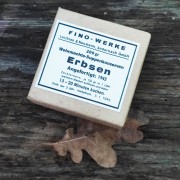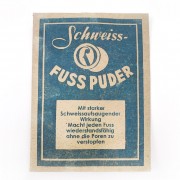Description
A copy of Nescafe instant coffee can. The label is copied from the original, released for the German market in the early 1940s. Cans with this label were used by soldiers at the front and civilians in the rear during the Second World War. A volume of 250 ml. The size is approximately 10×10×10.
There are inscriptions on the jar and lid: "pure coffee bean extract in powder form" (Reinen bohnenkaffee-extrakt in pulverform) and instructions for use.
The Nescafe can is suitable for preserving small items from dampness and crumpling in the field, for storing tobacco, as well as for its intended purpose — for coffee (which is still produced under the same brand and is available in stores).
The jar is sold empty.
Historical reference.
The name "Nescafé" is a combination of two words: "Nestlé" and "café" (coffee). Nestlé S. A. (joint stock company Nestlé) is a Swiss multinational corporation, the world's largest food manufacturer. The company is headquartered in Vevey, Switzerland.
The company traces its history back to the first factory in Europe "Anglo-Swiss company for the production of condensed milk" (this company was founded by Americans Charles and George Page). In 1867, the Swiss pharmacist Henri Nestle created a product for artificial feeding of infants who did not receive mother's milk. The new product was called "Henri Nestle milk flour" (Fr. Farine Lactée Henri Nestlé) and then actively sold in most European countries. It was an indispensable thing that solved the problem of many women. A similar product from this company is still popular.
Henri Nestle, realizing the importance of the trademark in promoting the product on the market, decided to use as a trademark his family coat of arms — a nest with birds.
In the 1930s, Brazil turned to Nestle to find a way to preserve and industrially process coffee beans. For many years, Brazil faced the problem of overproduction of green coffee, huge stocks of coffee were lost every year due to lack of technology. Max Morgenthaler (it. Max Morgenthaler and his colleagues spent seven years looking for a way to create a "coffee cube" (similar to the Maggiэ cube) that would retain the properties of coffee during long-term storage and turn into a drink when water is added.
From April 1, 1938, the Nescafe product was ready, and it began to be produced in Switzerland. It quickly gained popularity all over the world. During the Second World War, all the production of the plant in the United States was used exclusively to supply the army (American). In Germany, the Swiss (who did not take part in the war and kept neutral), they also actively supplied their own coffee.
Nescafe coffee is still produced and is widely known in the market. Nescafe produces coffee capsules for coffee machines, which have one of the main capsule formats in the world (different brands of household appliances produce their machines for them).
Source: ru.wikipedia.org










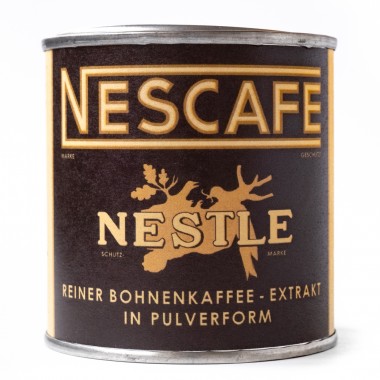




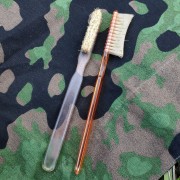
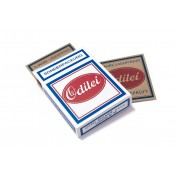
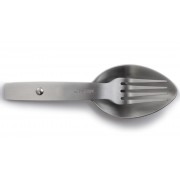
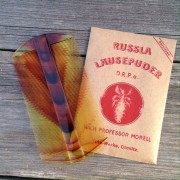
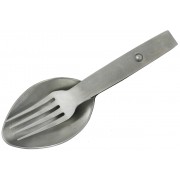
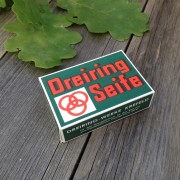
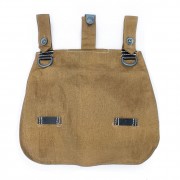
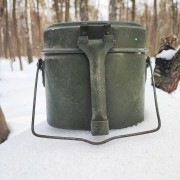
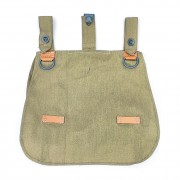
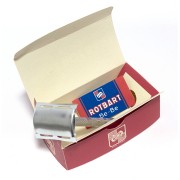
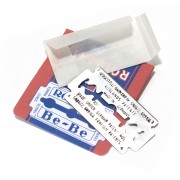
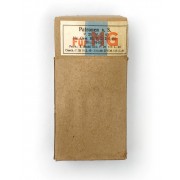
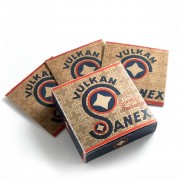
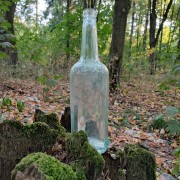
![[on order] Metal poster A4 [on order] Metal poster A4](https://reenact.store/image/cache/88a3fcdbd7bb2e5d1e2cb22d371d7178.jpg)
![[on order] Metal poster A3 [on order] Metal poster A3](https://reenact.store/image/cache/ba3484df58730de61901c6ea7985de3f.jpg)
![[on order] Certificate DRK [on order] Certificate DRK](https://reenact.store/image/cache/68d14ed1bc4e4e0ebefeb8f2423ae140.jpg)
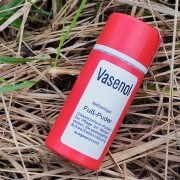
![[on order] Certificate of staff assistant [on order] Certificate of staff assistant](https://reenact.store/image/cache/f9c70ad852c6c548c5b33abb10bf5124.jpg)
![[on order] Metal poster A4 [on order] Metal poster A4](https://reenact.store/image/cache/3f7535d5dbdf6822df383092b0a5bce4.jpg)
